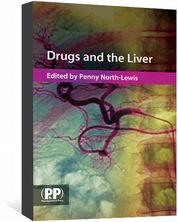Antimicrobial resistance
Patients contracted 165 antibiotic resistant infections each day in 2018, says PHE
Patients in England contracted 165 antibiotic resistant infections per day in 2018, a Public Health England (PHE) report has estimated.
The report by the English surveillance programme for antimicrobial utilisation and resistance, published on 31 October 2019, said the total number of antibiotic resistant infections in England rose by 9% from 55,812 in 2017 to 60,788 in 2018.
In 2018, this was “equivalent to 165 new antibiotic resistant infections per day,” it said.
However, the report noted that antibiotic consumption has fallen since it peaked in 2014, reducing “by 9% from 20.0 to 18.2 defined daily doses per 1,000 inhabitants per day between 2014 and 2018”.
Meanwhile, the number of antibiotic prescriptions dispensed in the community reduced by 16.7% in the previous four years, from 750 prescriptions per 1,000 inhabitants in 2014 to 624 prescriptions per 1,000 inhabitants in 2018.
The report comes as PHE is relaunching its national ‘Keep antibiotics working’ campaign on 5 November 2019, following its first launch in October 2017.
Chris Whitty, the chief medical officer for England, said resistance to antibiotics “places much of modern medicine in jeopardy”.
“The decrease in consumption of antibiotics is good news, but the rise in resistant infections shows the threat is increasing and so there is more to be done,” he said.
Susan Hopkins, antimicrobial resistance lead at PHE, added: “It’s worrying that more infections are becoming resistant to these life-saving medicines, and we must act now to preserve antibiotics for when we really need them.”
Citation: The Pharmaceutical Journal DOI: 10.1211/PJ.2019.20207273










Have your say
For commenting, please login or register as a user and agree to our Community Guidelines. You will be re-directed back to this page where you will have the ability to comment.